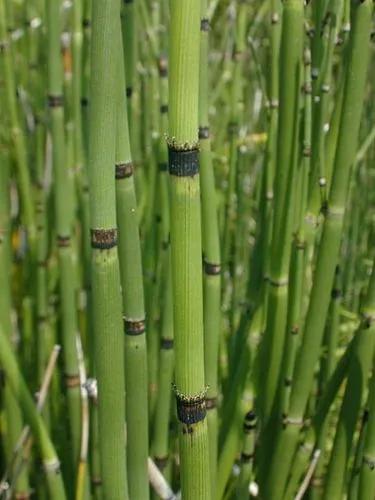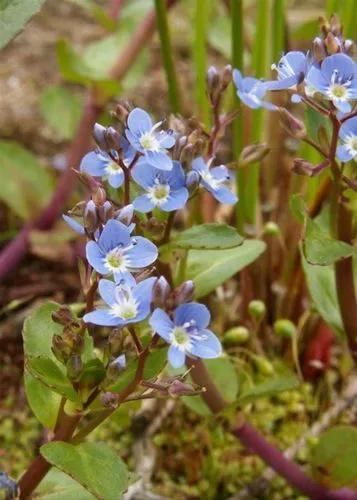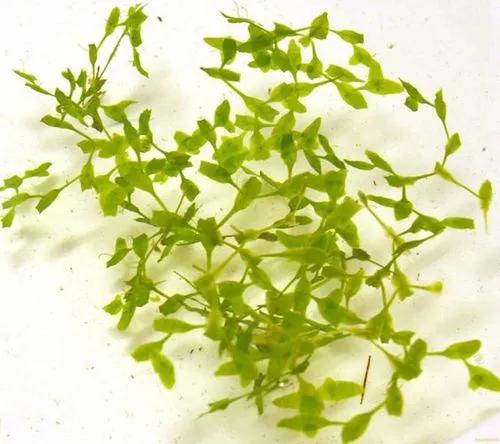Eichhornia, commonly called water hyacinths, was a polyphyletic genus of the aquatic flowering plants family Pontederiaceae. Since it was consistently recovered in three independent lineages, it has been sunk into Pontederia, together with Monochoria.
Brazilian Water Hyacinth Care
Eichhornia Paniculata



It could be invasive in Africa, India, Australia, Cuba, and North America.
How to Care for the Plant

Water

Water as needed to keep the soil slightly moist but never soggy.

Fertilizer

Use a fertilizer for blooming plants. Follow the direction on the label.

Sunlight

Water hyacinth do best in full sun and warm temperatures.

Soil

Don't use commercial potting soil, which contains fertilizers and other chemicals that may harm the plant and encourage the growth of algae. Commercial soils also contain perlite and vermiculite, which floats to the top of the container. Cover the soil with a thin layer of sand.

Temperature

Water hyacinths can tolerate environmental temperatures from 12°C (54°F) to 35°C (95°F), but both frost and water temperatures over 34°C (93°F) will kill the plant.

Popularity

84 people already have this plant 27 people have added this plant to their wishlists
Discover more plants with the list below
Popular articles






